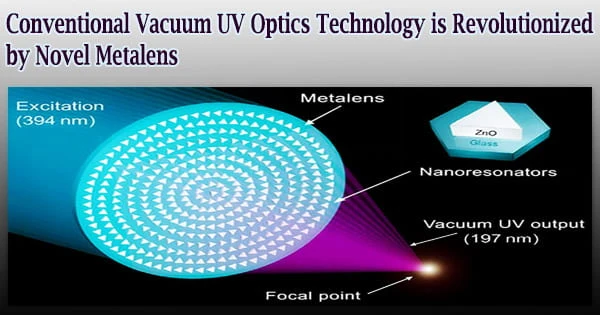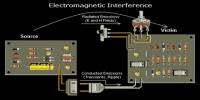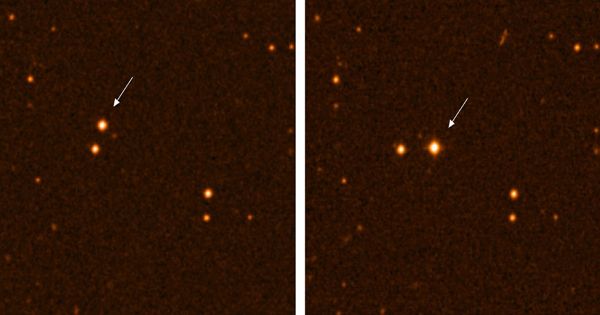An innovative Vacuum Ultra-Violet (VUV) meta-lens that can create and concentrate the VUV light has been successfully developed by a research team co-led by City University of Hong Kong (CityU), and it is a game-changing UV optics technology.
In the production of semiconductors, photochemistry, and materials science, VUV is employed. Nanolithography, material processing, sophisticated manufacturing, and other industrial fields all heavily rely on the focused VUV light source.
However, working with it has proved expensive. The oxygen in air greatly absorbs VUV with wavelengths between 100 and 200 nanometers (nm), necessitating the use of a vacuum chamber or other specialized environment for its utilization.
VUV light is typically produced and focused using very large, expensive systems that utilize unique nonlinear crystals.
Limitations and challenges of applying VUV light
In addition, due to their significant absorption in this region, almost all glass types utilized for traditional lenses are inappropriate for the VUV. There are practical restrictions on the production and design of tiny lenses due to the relative fragility of the few VUV-transmittable materials currently employed for lenses.
Our VUV meta-lens is compact, lightweight, effective, and can be mass-produced by semiconductor electronics fabrication process. This novel and disruptive meta-device could revolutionize the conventional VUV optics technology and its market.
Professor Tsai Din-ping
Professor Tsai Din-ping, Chair Professor of the Department of Electrical Engineering (EE), and Dr. Chen Mu-Ku, Research Assistant Professor of EE, have created several 150nm-long triangle-shaped zinc oxide nano-antennas to create VUV metalens in order to overcome the aforementioned restrictions.
“We have developed a meta-lens with intricate nano-structures on zinc oxide thin film. It is capable of focusing VUV light. This metalens provides a compact method for nonlinear VUV generation and focusing of the generated light,” said Professor Tsai, one of the corresponding authors of the paper recently published in the academic journal Science Advances titled “Vacuum ultraviolet nonlinear metalens.”
The new VUV metalens, which have a diameter of 45 micrometers (m), focus the VUV light onto a small spot with a diameter of less than 2 micrometers by converting UV light with a wavelength of 394 nanometers into VUV light with a wavelength of 197 nanometers. Research at Rice University showed that a focused laser spot might have a 21-fold increase in power density.
Technology breakthrough revolutionizes the market of UV optics
“Our VUV meta-lens is compact, lightweight, effective, and can be mass-produced by semiconductor electronics fabrication process. This novel and disruptive meta-device could revolutionize the conventional VUV optics technology and its market,” Professor Tsai said.
The meta-lens significantly streamlines the design of VUV systems and makes it easier to implement more sophisticated applications. This study offers a practical foundation for creating low-loss VUV components and expanding the VUV regime’s usability.
This research is funded by the Area of Excellence Project (AoE), University Grants Committee/Research Grants Council of the Hong Kong SAR government. Professor Tsai is the Project Coordinator of the AoE project “Meta-optics, Meta-acoustics, and Meta-devices.”
Co-authors of the paper include Professor Naomi Halas, Professor Peter Nordlander, Dr. Michael Semmlinger, Dr. Zhang Ming, Catherine Arndt, Dr. Benjamin Cerjan, and Dr. Yang Jian of Rice University; Dr. Tseng Ming-Lun of Taiwan’s National Yang Ming Chiao Tung University; Dr. Huang Tzu-Ting and Dr. Chu Cheng-Hung of Academia Sinica in Taiwan; Dr. Kuo Hsin-Yu of National Taiwan University; and Dr. Su Vin-Cent of National United University in Taiwan.















